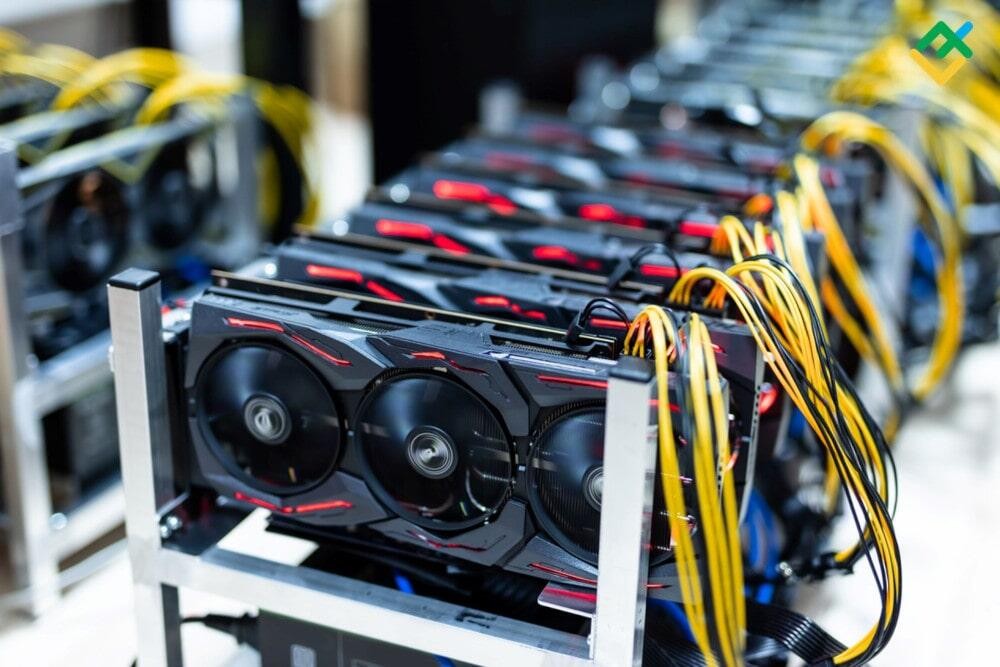Evolution of mining: from home farms to large data centres
The evolution of cryptocurrency mining represents one of the fastest growing trends in the digital economy. From the first enthusiasts mining bitcoins on home computers to the creation of huge industrial data centres, mining has come a long way. In this article, we take a look at how mining technology has changed and the key milestones that led to its evolution.
The early days of mining: home farms
When Satoshi Nakamoto first introduced bitcoin to the world in 2009, mining was a relatively simple process available to any computer owner. It required ordinary processor power (CPU). People could mine bitcoins on their home PCs without spending huge resources. Back then, the complexity of the network was minimal and the first miners were rewarded significantly for their efforts.
Here you can find out how mining works : https://morioh.com/a/1b59ba182....042/how-does-cryptoc
However, as bitcoin grew in popularity and the number of participants in the mining process increased, the need for power began to grow. CPU mining quickly lost its efficiency, giving way to video cards (GPUs), which allowed for faster cryptographic tasks.
The rise of GPU mining
The transition to video cards was an important milestone in the development of mining. GPUs were much better at handling the parallel computations required to solve problems on the bitcoin network, making them ideal for mining. Users began assembling their first ‘farms’ based on multiple graphics cards, creating more powerful and productive setups.
From that point on, mining became not only a way to make money from digital currencies, but also a serious investment. People began to realise that the more power they could invest, the more profit they would make. Home farms grew in size, but also required more power and cooling.
ASIC mining: a new era
With the advent of ASICs (Application-Specific Integrated Circuit), mining reached a new level. These devices were specifically designed for cryptocurrency mining, and their performance was many times more powerful than video cards. ASICs became so powerful that many home miners could not compete with the new installations and were forced out of the mining process.
Mining on home farms slowly began to disappear, giving way to large data centres with ASIC devices. This transition made mining more professionalised and centralised. Industry leaders started building farms with thousands of ASICs, which required huge investments but provided high returns.
The emergence of cloud mining
For those who couldn't afford to invest in their own farms, a new way to participate emerged - cloud mining. It allowed people to rent computing power from large data centres and generate income without having to maintain the equipment. This became a convenient solution for many, especially those who did not have access to cheap power sources or equipment.
Cloud mining lowered the threshold of entry into the industry and allowed a wide range of users to participate in cryptocurrency mining without having their own farms. However, this sector too has faced challenges ranging from low profitability to fraudulent schemes.
Modern data centres: the battle for electricity
Today, cryptocurrency mining is concentrated in large data centres located in regions with cheap electricity and cold climate. This saves on equipment cooling and reduces costs. Mining companies are fighting a battle to access the most favourable terms to remain competitive.
Mining technology continues to evolve, and there are already environmental issues being discussed due to high energy costs. Some companies are starting to look for alternative energy sources, such as renewable energy, to power their data centres.
Conclusion
Cryptocurrency mining has gone from a home hobby to an industrial process. Today, mining is becoming increasingly centralised, requiring huge resources to stay competitive. But despite this, it remains an important part of the cryptocurrency ecosystem, ensuring the security and stability of networks. New technologies and approaches await us in the coming years, possibly making mining more efficient and environmentally friendly.
